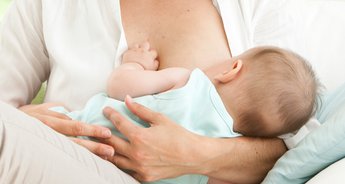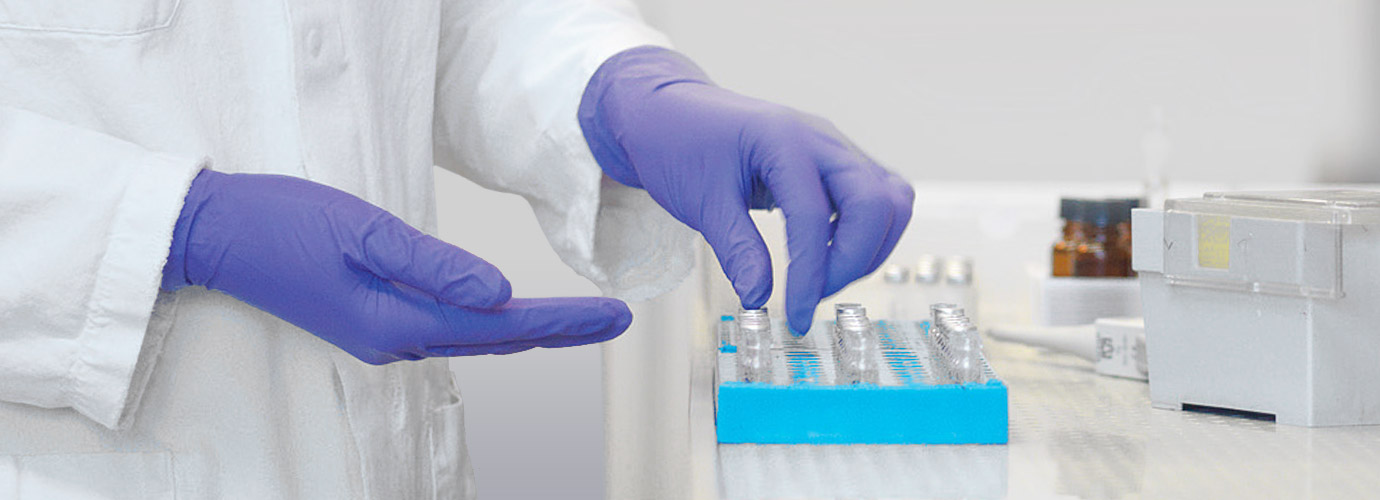A treatment comparison: Mastitis: The treatment of painful nipples among breastfeeding mothers

08.2017
Author Dr. J. Hower, paediatrician from Germany
The World Health Organization (WHO) recommends exclusive breastfeeding of newborns during the first six months. Not all member countries and certainly not all mothers follow that recommendation. One common breastfeeding difficulty is painful nipples. Research suggests that poor infant positioning or latching can lead to painful nipples. Many different interventions have been designed so far in order to reduce pain caused by breastfeeding.
This evaluation of literature assesses the effectiveness of the different treatment interventions. In the included studies, all mothers received instructions on how to position and latch their child on as part of routine postpartum care.
Outcome:
- The evaluation of the results showed no evidence for the effectiveness of glycerine gel dressings or breast shells with lanolin. One study found no significant differences in nipple pain at three, four and six days post-treatment between women who applied lanolin and those who didn’t. A lower perception of nipple pain was, however, demonstrated following four to five days of treatment with expressed breast milk. However, this beneficial effect was not maintained after six to seven days of treatment and therefore corresponded to the results without treatment. In the end, no difference could be found between the treatment with expressed breast milk and no treatment.
- After seven days of treatment, no difference could be found in pain perception between women who applied skincare oil and women who applied lanolin dressings either.
The overall findings did not show any difference in maternal perception of nipple pain comparing the application of glycerine gel dressings, lanolin with breast shells, lanolin alone, expressed breast milk, or skincare oil.
Comment: Especially during the first two weeks of breastfeeding, nipple sensitivity or breast pain is a common complaint in breastfeeding mothers. Persistent nipple pain is one of the main reasons leading to the termination of exclusive breastfeeding.
A study conducted by the “Breast Feeding Centre of Western Australia” (Kent, 2015) found that the most frequently suspected cause of nipple pain is poor infant positioning or latching, followed by tongue tie, infection, palatal anomaly, flat nipples, mastitis, and vasospasm (Raynaud’s phenomenon).
The correction of positioning and sucking technique within the first week of life has been associated with a longer duration of breastfeeding and less breast pain. Painful nipples are probably caused by a cascade of different factors.
Early consultation and support of breastfeeding mothers could perhaps not only contribute to the prevention of painful nipples but also allow for early treatment intervention in order to avoid early weaning. For most women, nipple pain decreased after approximately seven to ten days postpartum. Informing affected women about this fact might be a useful strategy in assisting mothers to continue to breastfeed.
References:
Dennis, Cl et al. Interventions for treating painful nipples among breastfeeding women. Cochrane Database Syst Rev 2014 Dec 15, 12: CD007366.
Kent, JC et al. Nipple Pain in Breastfeeding Mothers: Incidence, Causes and Treatments. Int J environ Res Public Health 2015, 12: 12247-12263.
Righard, L, Alade, MO. Sucking technique and its effect on success of breastfeeding. Birth 1992, 19: 185-195.


